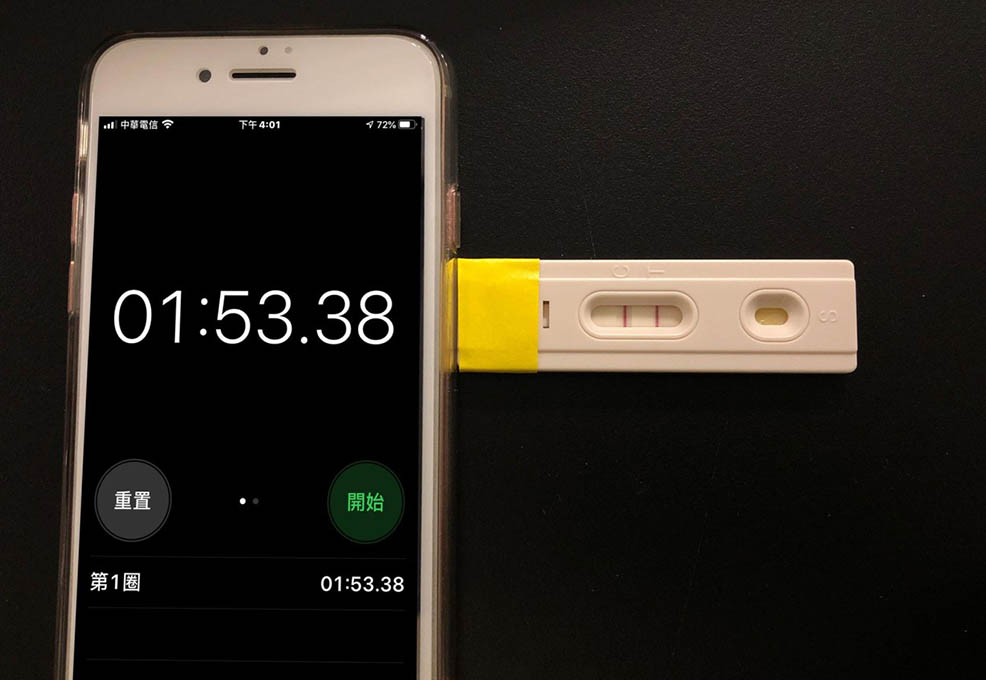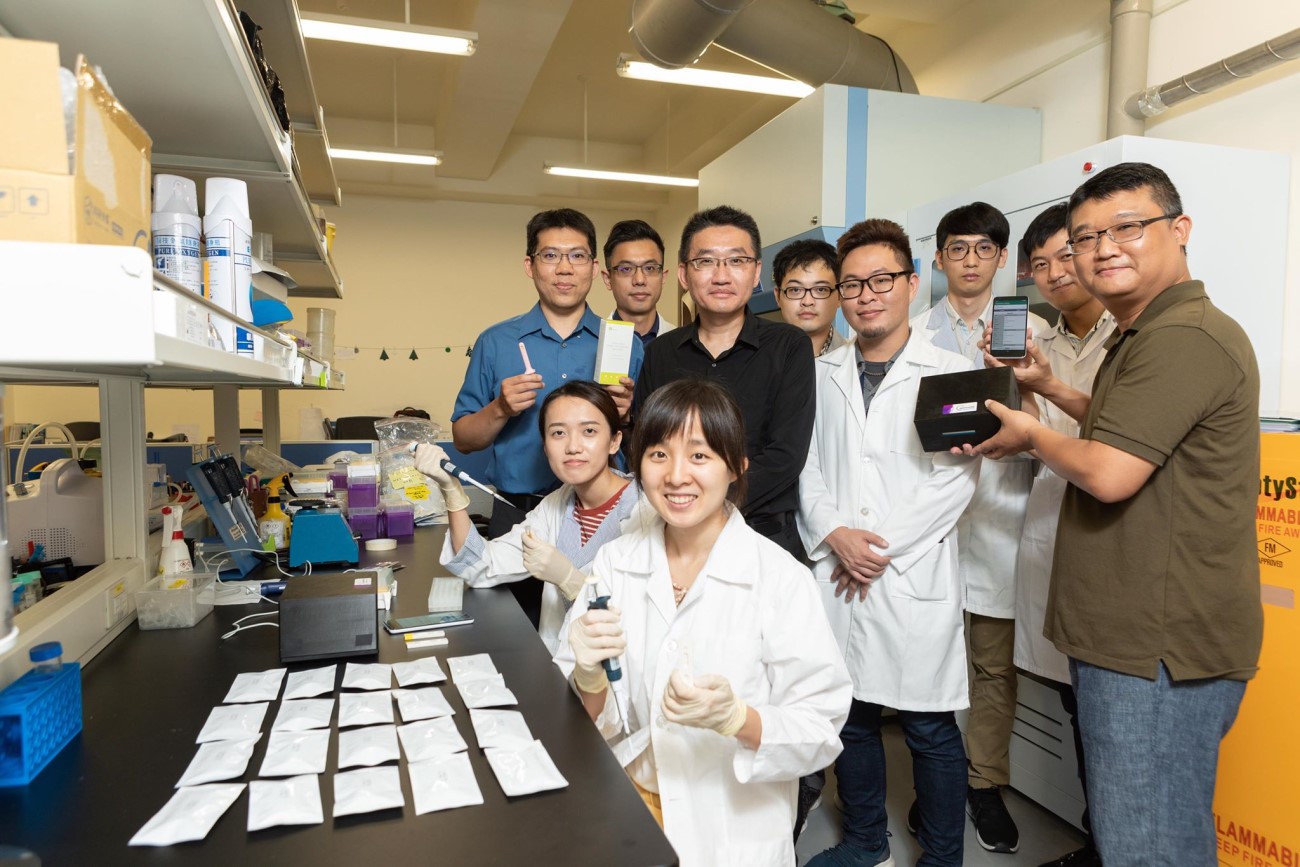Great Cooperation with New Southbound Countries in Disaster Prevention Monitoring Technology

Author(s)
Chao-Min ChengBiography
Dr. Chao-Min Cheng is currently a tenured professor at National Tsing Hua University, Taiwan, where he started in the summer of 2011, and was recently selected as a Fellow of the Royal Society of Chemistry. He has received the Distinguished Young Investigator Research Grant three times, the Ta-You Wu Memorial Award, and the Outstanding Research Award from Taiwan’s Ministry of Science and Technology. He was also an invited attendee of the NAS Sackler Colloquium at the National Academy of Sciences, and his research has been highlighted in the National Academies–Keck Futures Initiative, Scientific American, Chemistry World, New York Times, and Lab on a Chip (along with a number of other media outlets). His general research interests focus on developing diagnostic devices for public health involving translational medicine, analytical biochemistry, and cellular and molecular biomechanics. He is currently an Associate Editor of the Journal of Cellular and Molecular Medicine, and an Editorial Board Member of Sensor Letters, Diagnostics and Scientific Reports.
Academy/University/Organization
National Tsing Hua University-
TAGS
-
Share this article
You are free to share this article under the Attribution 4.0 International license
- ENGINEERING & TECHNOLOGIES
- Text & Image
- January 13,2021
The COVID-19 severity test strip is based on lateral flow immunoassay, which may help clinicians to assess the severity of COVID-19 patients. The test strip targets a cytokine in the patient serum known as Interleukin-6 (IL-6). Research has shown that IL-6 may play an important role in the development of respiratory failure, shock, multi-organ dysfunction, or even cytokine storm. Therefore, taking serum IL-6 as the targeting biomarker can help predict disease progression. As a result, the gold nanoparticles accumulate on the test line to produce a color signal. Through test strip modification and in coordination with a reader, a cutoff value can be defined which is related to the color signal. In a clinical situation, if the testing value reaches the cut-off value, this means that the patient may be in danger of respiratory dysfunction, and immediate actions such as intubation are required. The result of the test strip is further recorded by the reader in order to digitalize it into numerical data, which refers to the amount of IL-6 in the patient serum. Clinicians will be able to predict disease progression through the test strip result, and decide whether to take further action such as intubation.

Taiwanese researchers have developed a test kit that can detect potentially severe cases of COVID-19 in just two minutes, which is now in the clinical trial phase.
The prototype of the rapid test kit was developed by National Tsing Hua University, said Cheng Chao-Min (鄭兆珉), a professor at the university's Institute of Biomedical Engineering, during a presentation of the research project. While people usually experience mild influenza-like symptoms in the early stages of COVID-19, they can quickly become seriously ill; therefore, it is crucial to identify those who are likely to become critically ill to prevent death. The COVID-19 severity test strip is based on lateral flow immunoassay, which may help clinicians to assess the severity of COVID-19 patients. The test strip targets a cytokine in the patient serum known as Interleukin-6 (IL-6). Research has shown that IL-6 may play an important role in the development of respiratory failure, shock, multi-organ dysfunction, or even cytokine storm. Compared to mild COVID-19 cases, patients with severe infections of the disease have significantly higher levels of serum interleukin (IL‐6), a cytokine that triggers the body's immune and inflammatory response to fight infections. Therefore, taking serum IL-6 as the targeting biomarker can help predict disease progression. High levels of IL-6 can cause the immune system to begin attacking itself, unleashing a cytokine storm, which has been linked to the death of a number of COVID-19 patients. As a result, the gold nanoparticles accumulate on the test line to produce a color signal. Two red lines on the test kit mean high levels of IL-6, thus signaling a possible severe COVID-19 infection, while one red line means low IL-6 levels and likely mild symptoms. Through test strip modification and in coordination with a reader, a cutoff value can be defined according to the color signal. In clinical situations, if the testing value reaches the cut-off value, the patient may be in danger of respiratory dysfunction, and immediate actions such as intubation are required. The result of the test strip is further recorded by the reader in order to digitalize it into numerical data, which refers to the amount of IL-6 in the patient serum. The two-minute test works by measuring levels of IL-6 in human serum, and can be used to help identify patients who are more likely to develop severe COVID-19 illness. Clinicians will be able to predict disease progression through the test strip result and decide whether to take further action such as intubation.
STAY CONNECTED. SUBSCRIBE TO OUR NEWSLETTER.
Add your information below to receive daily updates.




